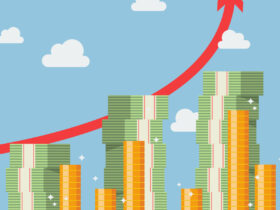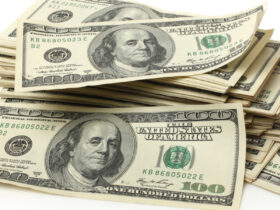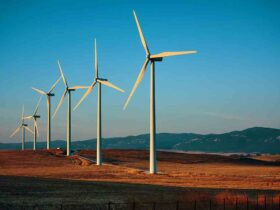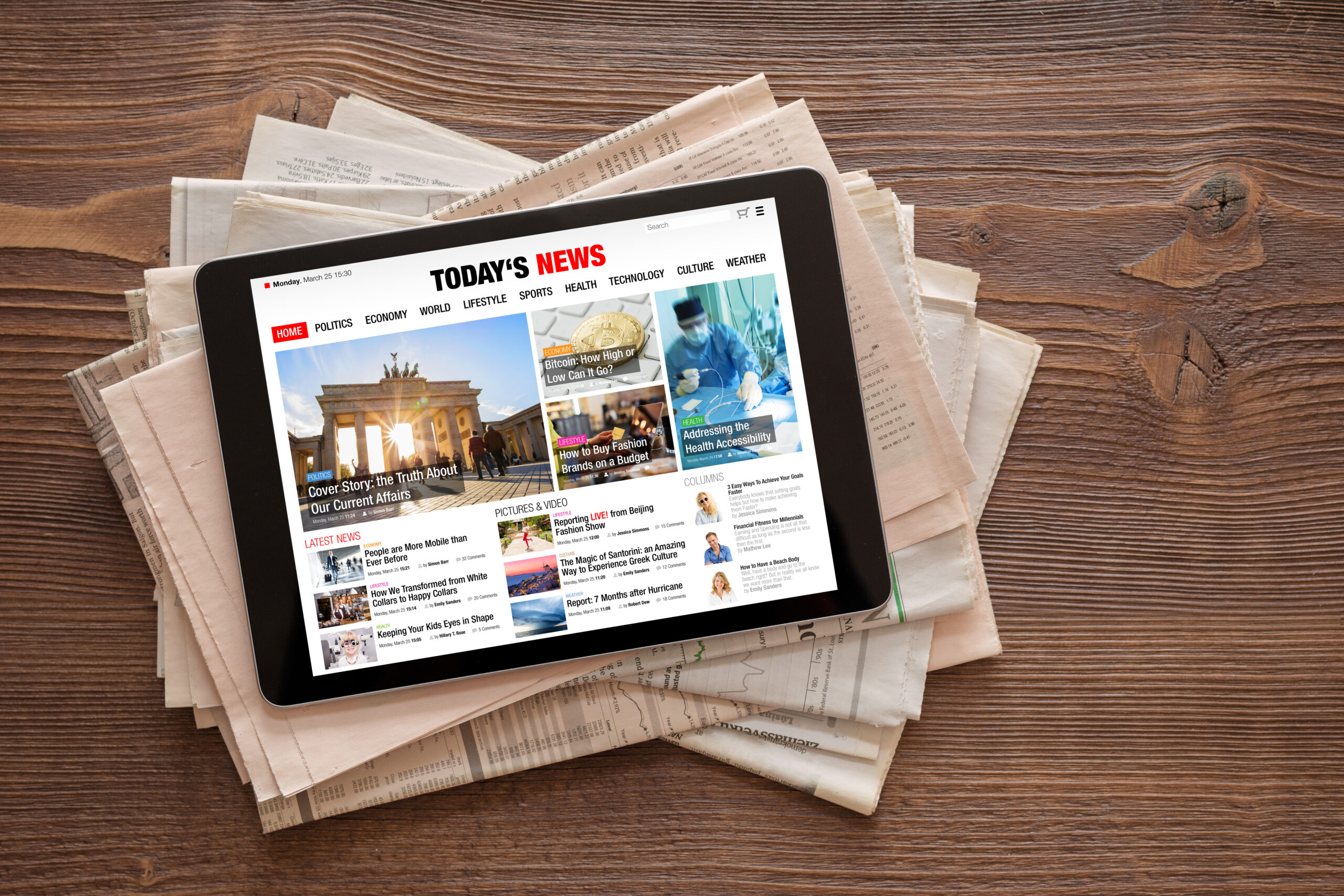All of this is positive economic news that tells me we’re more than ready to put the pandemic in the rearview mirror. For the first time since this, all started a year ago, more than one million people per day have been flying commercial in the U.S. for 30 straight days. Even more, passengers are expected in the coming days and weeks as greater than one in five Americans are now fully vaccinated against COVID-19. Restaurants and diners across America are reportedly struggling to find workers fast enough to meet demand.
Indeed, in a report this week, LPL Financial wrote that we were entering the “best business conditions of the 21st century.” Both the ISM Manufacturing and Services PMIs hit their highest levels in decades on accelerating vaccine distribution and unprecedented fiscal stimulus.
The JPMorgan Global Composite PMI, meanwhile, rose to a 79-month high of 54.8 in March, one of its best readings of the past decade. U.S. leads the expansion, with growth not only at its fastest pace since August 2014 but also running close to an all-time U.S. survey high. Looking just at manufacturing, of the 29 countries that are tracked, only three—Myanmar, Thailand and Malaysia—were below the 50.0 threshold.
It seems that the next few quarters, at least, will show big positive moves in economic statistics. Nevertheless, I am still worried about what happens when the sugar high of stimulus wears off. In the meantime, most of the world is in a coordinated recovery which we have not seen in a long time. Expect oil and other commodities to move higher.
One thing to keep an eye on is inflation and prices are indeed starting to rise at an alarming rate.
The Producer Price Index rose 1 percent in March, more than twice the consensus forecast. On a year-over-year basis, the index is up 4.2 percent, higher than the expected 3.8 percent. That is the fastest pace of price gains since September 2011, when prices climbed 4.5 percent.
In a coincidental symmetry, 60 percent of the rise in the price of goods was attributable to the rise in energy prices. A quarter of the rise of the prices of goods was caused by an 8.8 percent rise in the price of gasoline. On an annual basis, gasoline prices were up 52 percent, reflecting the crash in gas prices as people were told to stay at home and avoid travel last year.
I believe we will also see labor costs begin to soar. There have been many stories of businesses having a hard time getting workers to comeback to work. It seems many of the covid recovery plans are granting people enough money that they are incentivized to sit on their butts instead of going back to work.





